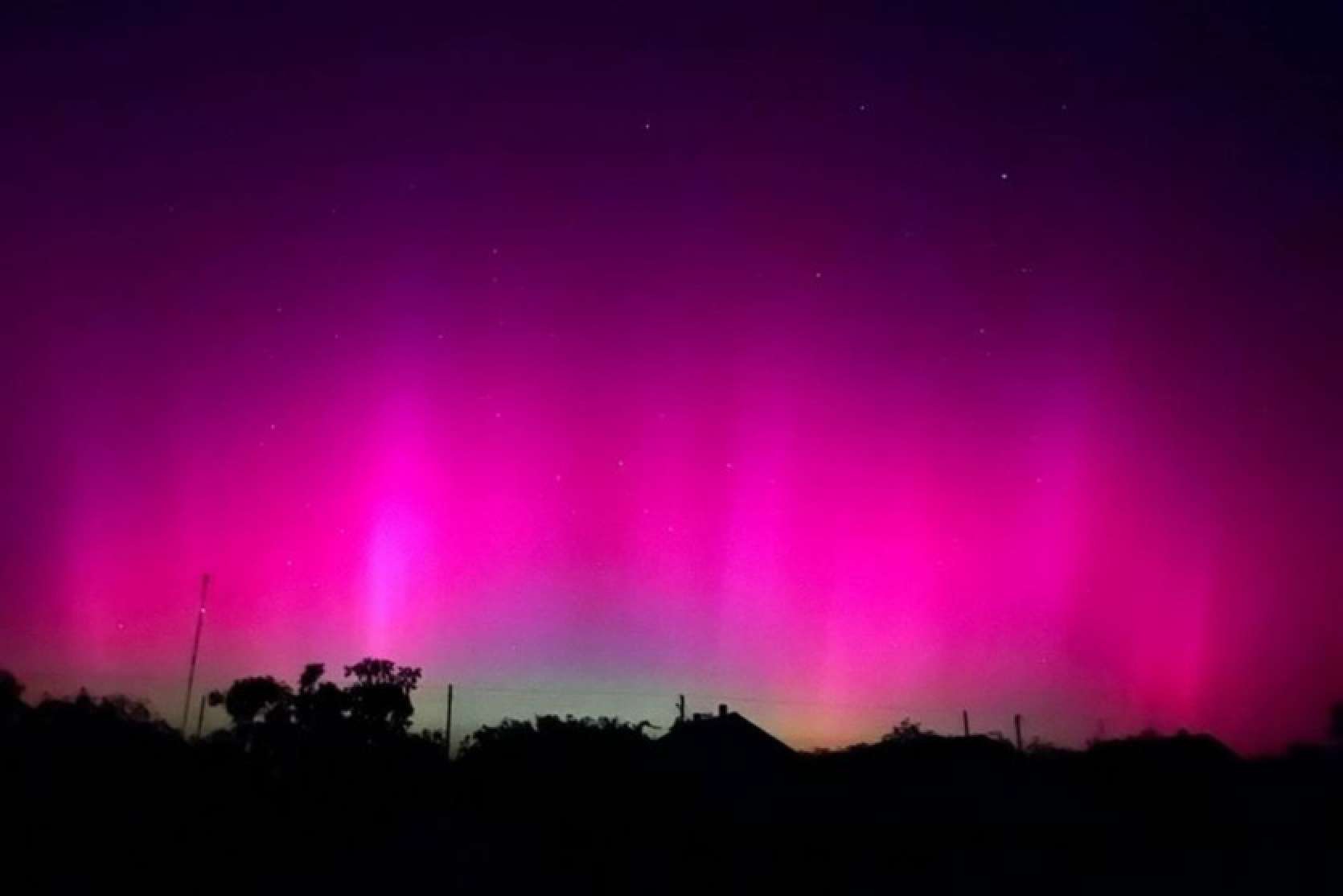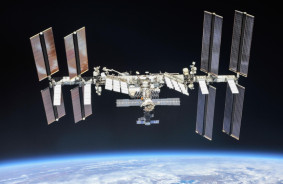A powerful geomagnetic storm that led to a night of polar lights on Friday over much of Europe and the USA and disrupted the operation of Starlink and GPS will last at least until Sunday. The Space Weather Prediction Center at the National Oceanic and Atmospheric Administration notes that as of Saturday morning, extreme G5 level conditions persist due to increased solar activity.
"The threat of additional strong flares and coronal mass ejections will persist until a large cluster of sunspots disappears from view over the next few days," the agency said.
For many observers, increased solar activity on Friday evening was a positive experience. Large areas not accustomed to auroras saw bright lights as energetic solar storm particles passed through Earth's atmosphere. With the forecast of prolonged solar activity, the northern lights will be visible again on Saturday.
There were also harmful consequences: according to NOAA, there were certain disruptions in power transmission, satellite communication, and GPS operation. Starlink internet users report slower download speeds. On Saturday, SpaceX founder Elon Musk stated that the company's Starlink satellites are under heavy load, but are holding up for now.
This is the strongest solar storm recorded in over two decades. The last G5 event occurred in October 2003, when there were reports of power outages in Sweden and South Africa. Scientists say that if the magnetic storm intensifies over the next day or two, there is a risk of more widespread power outages, satellite malfunctions, and long-term GPS network damage.
Such storms occur when the Sun releases a significant amount of its magnetic field and plasma in the form of solar wind, the reasons for these coronal mass ejections are not fully understood. There is hope that data collected by the NASA Parker Solar Probe and other observations will help scientists better understand and predict such phenomena.
When coronal mass ejections reach Earth's magnetic field, they alter it and can cause significant currents in power lines and transformers, leading to damage or outages. The strongest geomagnetic storm occurred in 1859 during the so-called Carrington Event. Auroras were visible worldwide, and the magnetic storm caused fires at many telegraph stations - at that time, there were 125,000 miles of telegraph lines in the world. Fortunately, there were relatively few electrical devices in the world at that time.
Source: Ars Technica














Comments (0)
There are no comments for now